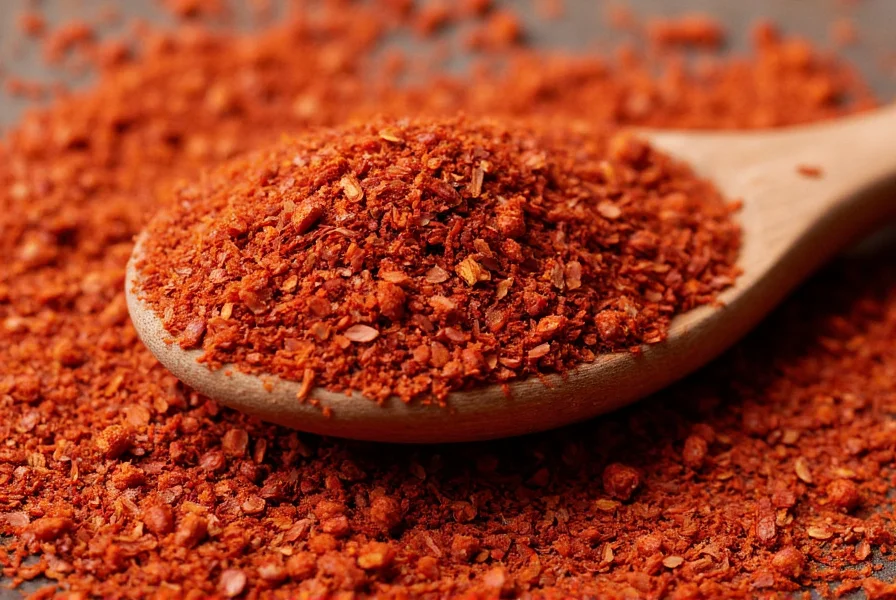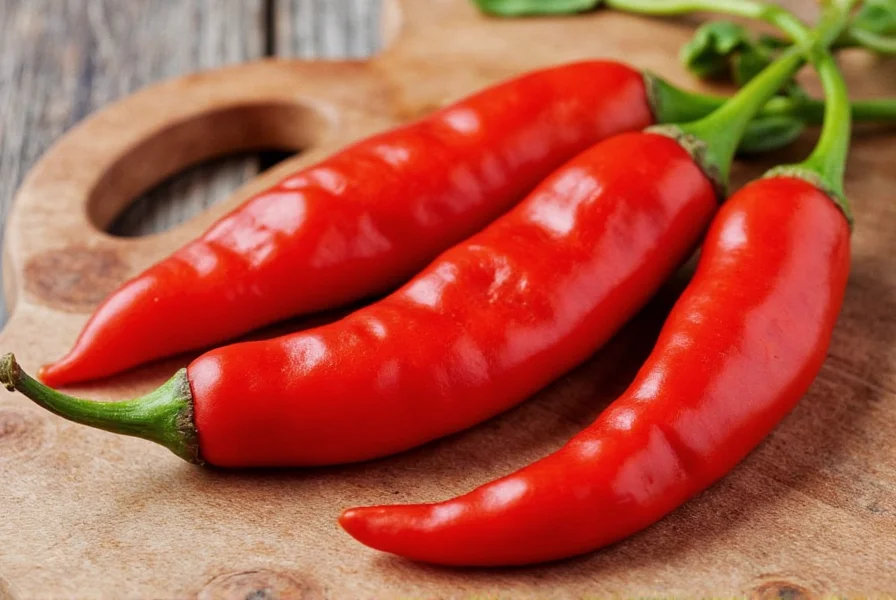If you've encountered this vibrant red spice in recipes or at gourmet markets and wondered what is Aleppo pepper exactly, you're not alone. This centuries-old ingredient has gained global popularity as chefs and home cooks discover its unique culinary properties that distinguish it from common red pepper flakes.
Origin and Historical Significance
Aleppo pepper takes its name from the ancient Syrian city of Aleppo (Halab in Arabic), a historic trading hub along the Silk Road. For generations, this spice has been integral to Middle Eastern and Mediterranean cuisines, particularly in Syrian, Turkish, and Lebanese cooking traditions. The peppers are grown primarily in southern Turkey and northern Syria, where the climate produces the ideal conditions for developing their characteristic flavor.
Despite the ongoing conflict in Syria that has disrupted traditional production, authentic Aleppo pepper continues to be cultivated in Turkey and other regions following the same time-honored methods. The traditional preparation involves ripening the peppers until deep red, removing the seeds, then coarsely crushing them and preserving in(MigrationBuilder olive oil with a small amount of salt to maintain flavor and prevent spoilage.
Flavor Profile and Characteristics
Understanding what Aleppo pepper tastes like is essential for proper culinary application. Unlike standard red pepper flakes which offer primarily heat, Aleppo pepper delivers a complex flavor experience:
| Characteristic | Description |
|---|---|
| Heat Level | 30,000-50,000 Scoville units (mild to moderate, about half as hot as cayenne) |
| Flavor Notes | Fruity, slightly tangy, with subtle hints of raisin and citrus |
| Texture | Coarse, flaky consistency (not powdery) |
| Color | Vibrant brick red to deep crimson |
The distinctive taste comes from both the specific pepper variety and the traditional curing process. Authentic Aleppo pepper should never be purely spicy—it should offer a balanced flavor that enhances rather than overwhelms dishes.

Culinary Applications
Chefs value Aleppo pepper for its ability to add depth without excessive heat. When exploring what is Aleppo pepper used for, consider these applications:
- Finishing spice: Sprinkled over finished dishes like hummus, grilled meats, or roasted vegetables
- Marinades and rubs: Combined with olive oil, garlic, and herbs for meats and vegetables
- Sauces and dressings: Adds complexity to vinaigrettes, yogurt sauces, and tomato-based sauces
- Baking: Incorporated into breads, crackers, and savory pastries
- Eggs and breakfast dishes: Enhances omelets, avocado toast, and shakshuka
Unlike many hot spices that lose complexity when cooked, Aleppo pepper maintains its distinctive flavor profile through moderate cooking, making it versatile for both raw and cooked applications.
Aleppo Pepper vs Similar Spices
Many home cooks wonder about Aleppo pepper vs red pepper flakes or other common spices. While they may look similar, there are significant differences:
- Red pepper flakes: Typically made from various辣椒 varieties, often hotter with a one-dimensional heat and less complexity
- Paprika: Generally milder with no heat (unless specified as hot paprika), lacking the fruity notes of Aleppo pepper
- Cayenne: Significantly hotter with a sharper, more aggressive heat profile
- Urfa biber: Another Turkish pepper that's smokier and darker, with less fruitiness
Understanding these distinctions helps explain why Aleppo pepper is special in culinary applications where balanced heat and complex flavor are desired.
Finding Authentic Aleppo Pepper
When searching for where to buy Aleppo pepper, look for these quality indicators:
- Coarse, flaky texture (not fine powder)
- Vibrant red color (dull or brownish indicates age)
- Presence of small flecks of(MigrationBuilder olive oil (traditional preservation method)
- Minimal or no additional ingredients beyond pepper and salt
Reputable spice companies, Middle Eastern markets, and specialty food stores typically carry authentic Aleppo pepper. Be cautious of products labeled "Aleppo-style" which may be blends lacking the genuine flavor profile.

Proper Storage Techniques
To maintain freshness and flavor, store Aleppo pepper in an airtight container away from light and heat. The traditional oil preservation method helps extend shelf life, but even dry versions benefit from cool, dark storage. Properly stored, it should retain optimal flavor for 6-12 months. For longer storage, consider keeping it in the refrigerator or freezer.
Common Substitutions
When you need an Aleppo pepper substitute, consider these options based on what aspect you're trying to replicate:
- For flavor complexity: Mix equal parts sweet paprika and cayenne (¼ tsp paprika + ¼ tsp cayenne = ½ tsp Aleppo pepper)
- For moderate heat: Use half the amount of red pepper flakes
- For finishing dishes: Combine smoked paprika with a pinch of citrus zest
While substitutions can work in a pinch, they won't fully replicate the unique balance that makes authentic Aleppo pepper special in Middle Eastern cuisine.
FAQ Section
Is Aleppo pepper extremely hot?
No, Aleppo pepper is moderately spicy at about 30,000-50,000 Scoville units, which is roughly half as hot as cayenne pepper. It offers a balanced heat with distinctive fruity and slightly tangy notes rather than overwhelming spiciness.
Can I use regular red pepper flakes instead of Aleppo pepper?
You can substitute red pepper flakes, but they lack Aleppo pepper's complex flavor profile. Use about half the amount of red pepper flakes and consider adding a pinch of paprika and lemon zest to approximate the fruity notes. The substitution won't be identical but can work in a pinch.
Why is it called Aleppo pepper if it's not from Aleppo anymore?
The name refers to its historical origin and traditional production methods developed in the Aleppo region of Syria. Due to the Syrian civil war, most authentic production has shifted to southern Turkey, but the name remains as it identifies the specific pepper variety and preparation method, not just the geographic location.
Does Aleppo pepper contain actual pepper?
No, despite the name, Aleppo pepper is not related to black pepper. It's made from a specific variety of Capsicum annuum chili peppers. The term 'pepper' in this context follows the historical European convention of calling various spicy plants 'peppers' after the discovery of chili peppers in the Americas.
How can I tell if my Aleppo pepper is authentic?
Authentic Aleppo pepper has a coarse, flaky texture (not powdery), vibrant brick-red color, and often contains small amounts of olive oil from the traditional preservation process. It should have a complex aroma with fruity notes rather than just heat. Be wary of products that are uniformly fine or lack the characteristic color and texture.











 浙公网安备
33010002000092号
浙公网安备
33010002000092号 浙B2-20120091-4
浙B2-20120091-4